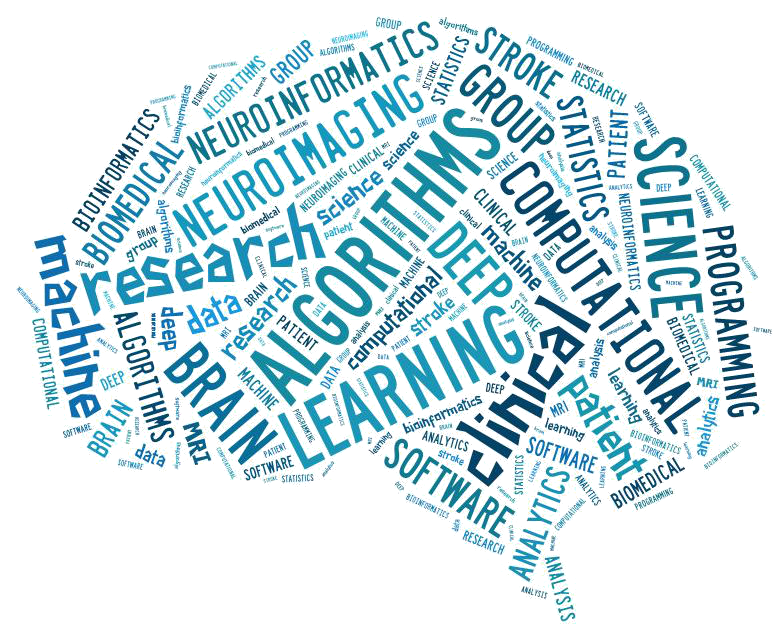Wu O, Cloonan L, Mocking SJT, Bouts MJRJ, Copen WA, Cougo-Pinto PT, Fitzpatrick K, Kanakis A, Schaefer PW, Rosand J, Furie KL, Rost NS.
Role of Acute Lesion Topography in Initial Ischemic Stroke Severity and Long-Term Functional Outcomes. Stroke 2015;46(9):2438-44.
AbstractBACKGROUND AND PURPOSE: Acute infarct volume, often proposed as a biomarker for evaluating novel interventions for acute ischemic stroke, correlates only moderately with traditional clinical end points, such as the modified Rankin Scale. We hypothesized that the topography of acute stroke lesions on diffusion-weighted magnetic resonance imaging may provide further information with regard to presenting stroke severity and long-term functional outcomes.
METHODS: Data from a prospective stroke repository were limited to acute ischemic stroke subjects with magnetic resonance imaging completed within 48 hours from last known well, admission NIH Stroke Scale (NIHSS), and 3-to-6 months modified Rankin Scale scores. Using voxel-based lesion symptom mapping techniques, including age, sex, and diffusion-weighted magnetic resonance imaging lesion volume as covariates, statistical maps were calculated to determine the significance of lesion location for clinical outcome and admission stroke severity.
RESULTS: Four hundred ninety subjects were analyzed. Acute stroke lesions in the left hemisphere were associated with more severe NIHSS at admission and poor modified Rankin Scale at 3 to 6 months. Specifically, injury to white matter (corona radiata, internal and external capsules, superior longitudinal fasciculus, and uncinate fasciculus), postcentral gyrus, putamen, and operculum were implicated in poor modified Rankin Scale. More severe NIHSS involved these regions, as well as the amygdala, caudate, pallidum, inferior frontal gyrus, insula, and precentral gyrus.
CONCLUSIONS: Acute lesion topography provides important insights into anatomic correlates of admission stroke severity and poststroke outcomes. Future models that account for infarct location in addition to diffusion-weighted magnetic resonance imaging volume may improve stroke outcome prediction and identify patients likely to benefit from aggressive acute intervention and personalized rehabilitation strategies.


